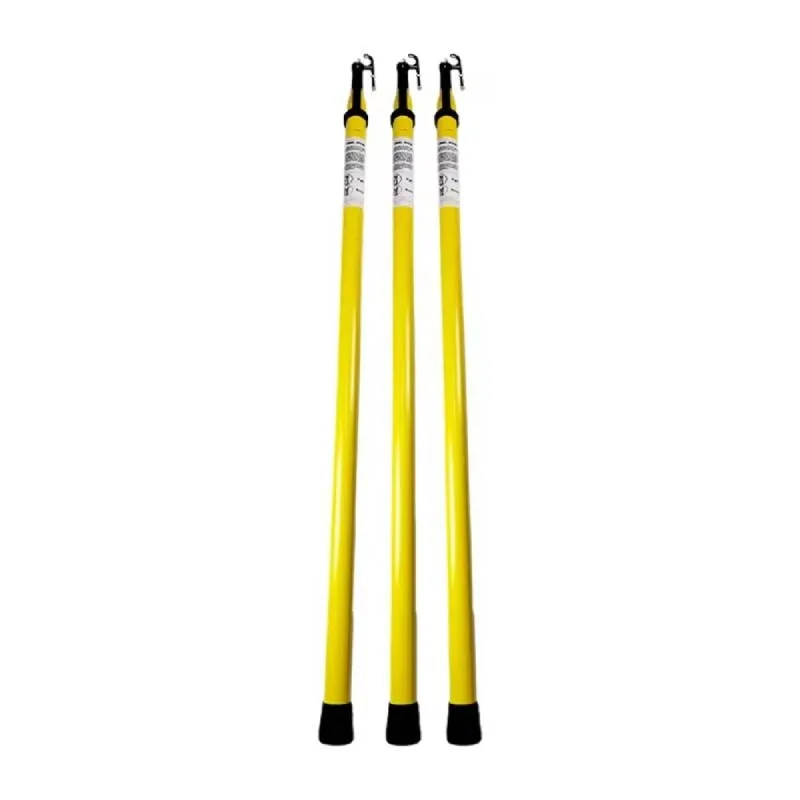
-
 Afrikaans
Afrikaans -
 Albanian
Albanian -
 Amharic
Amharic -
 Arabic
Arabic -
 Armenian
Armenian -
 Azerbaijani
Azerbaijani -
 Basque
Basque -
 Belarusian
Belarusian -
 Bengali
Bengali -
 Bosnian
Bosnian -
 Bulgarian
Bulgarian -
 Catalan
Catalan -
 Cebuano
Cebuano -
 Corsican
Corsican -
 Croatian
Croatian -
 Czech
Czech -
 Danish
Danish -
 Dutch
Dutch -
 English
English -
 Esperanto
Esperanto -
 Estonian
Estonian -
 Finnish
Finnish -
 French
French -
 Frisian
Frisian -
 Galician
Galician -
 Georgian
Georgian -
 German
German -
 Greek
Greek -
 Gujarati
Gujarati -
 Haitian Creole
Haitian Creole -
 hausa
hausa -
 hawaiian
hawaiian -
 Hebrew
Hebrew -
 Hindi
Hindi -
 Miao
Miao -
 Hungarian
Hungarian -
 Icelandic
Icelandic -
 igbo
igbo -
 Indonesian
Indonesian -
 irish
irish -
 Italian
Italian -
 Japanese
Japanese -
 Javanese
Javanese -
 Kannada
Kannada -
 kazakh
kazakh -
 Khmer
Khmer -
 Rwandese
Rwandese -
 Korean
Korean -
 Kurdish
Kurdish -
 Kyrgyz
Kyrgyz -
 Lao
Lao -
 Latin
Latin -
 Latvian
Latvian -
 Lithuanian
Lithuanian -
 Luxembourgish
Luxembourgish -
 Macedonian
Macedonian -
 Malgashi
Malgashi -
 Malay
Malay -
 Malayalam
Malayalam -
 Maltese
Maltese -
 Maori
Maori -
 Marathi
Marathi -
 Mongolian
Mongolian -
 Myanmar
Myanmar -
 Nepali
Nepali -
 Norwegian
Norwegian -
 Norwegian
Norwegian -
 Occitan
Occitan -
 Pashto
Pashto -
 Persian
Persian -
 Polish
Polish -
 Portuguese
Portuguese -
 Punjabi
Punjabi -
 Romanian
Romanian -
 Russian
Russian -
 Samoan
Samoan -
 Scottish Gaelic
Scottish Gaelic -
 Serbian
Serbian -
 Sesotho
Sesotho -
 Shona
Shona -
 Sindhi
Sindhi -
 Sinhala
Sinhala -
 Slovak
Slovak -
 Slovenian
Slovenian -
 Somali
Somali -
 Spanish
Spanish -
 Sundanese
Sundanese -
 Swahili
Swahili -
 Swedish
Swedish -
 Tagalog
Tagalog -
 Tajik
Tajik -
 Tamil
Tamil -
 Tatar
Tatar -
 Telugu
Telugu -
 Thai
Thai -
 Turkish
Turkish -
 Turkmen
Turkmen -
 Ukrainian
Ukrainian -
 Urdu
Urdu -
 Uighur
Uighur -
 Uzbek
Uzbek -
 Vietnamese
Vietnamese -
 Welsh
Welsh -
 Bantu
Bantu -
 Yiddish
Yiddish -
 Yoruba
Yoruba -
 Zulu
Zulu


Dec . 01, 2024 07:38 Back to list
Air Winch Solutions for Efficient Lifting and Material Handling in Various Industries
Air Winch The Essential Tool for Heavy Lifting
In various industrial applications, lifting heavy loads safely and efficiently is a critical requirement. Among the many tools available for this purpose, air winches have emerged as a preferred choice in numerous sectors. An air winch utilizes compressed air to perform heavy lifting tasks, offering a blend of efficiency, safety, and reliability that makes it suitable for a range of operations, from construction sites to maritime applications.
What is an Air Winch?
An air winch is a mechanical device designed to lift, lower, or pull heavy loads with the use of pneumatic power. Unlike electric or hydraulic winches, air winches harness the power of compressed air, which provides several advantages, particularly in environments where electricity may be hazardous, such as in explosive atmospheres or underwater operations.
The basic operation of an air winch involves an air motor that drives a drum or spool. As the motor turns, it winds or unwinds a rope, cable, or chain around the drum. The load is then attached to the end of this line, allowing for lifting or pulling as needed. Many models also incorporate brakes and various safety features to ensure secure operation.
Advantages of Air Winches
1. Safety in Hazardous Conditions One of the significant advantages of air winches is their safety profile. Because they do not rely on electricity, there is a reduced risk of sparks or electrical faults, which is critical in explosive environments like oil rigs or chemical plants.
2. Lightweight and Portable Air winches tend to be lighter than their electric or hydraulic counterparts, making them easier to transport and handle. This portability is essential for jobs that require frequent relocation or movement across various job sites.
air winch

3. High Power-to-Weight Ratio Pneumatic motors are known for their excellent power-to-weight ratio. This means that air winches can deliver high lifting capacities without being excessively heavy or cumbersome.
4. Variable Speed Control Many air winches come with adjustable speed settings, allowing operators to control the lifting speed based on the job requirements. This feature is particularly useful when precision is necessary, such as in sensitive lifting applications.
5. Durability and Low Maintenance Air winches are designed to withstand harsh environmental conditions. They have fewer moving parts than electric models, leading to lower maintenance demands. Additionally, they are typically resistant to the elements, making them suitable for outdoor use.
Applications of Air Winches
Air winches find use in various industries. In maritime operations, they are crucial for mooring, towing, and anchoring vessels. In construction, they are employed for lifting materials to heights, handling heavy equipment, and securing loads during transport. Additionally, air winches are popular in cargo handling, mining, and rescue operations, where safety and reliability are paramount.
In the entertainment sector, air winches are also used for stage rigging and moving heavy props or equipment. Their ability to operate quietly and smoothly makes them ideal for environments where noise control is essential.
Conclusion
Air winches represent a vital component in the toolkit of many industries that require heavy lifting capabilities. Their unique advantages, particularly in terms of safety and functionality, make them an excellent choice for challenging environments. As technology continues to advance, we can expect to see further innovations in air winch design and application, enhancing their efficiency and versatility. Whether on a construction site, an oil rig, or a theater stage, the air winch stands out as an indispensable tool for lifting operations, ensuring that heavy loads are handled safely and effectively.
Latest news
What Are Construction Tools and How Are They Used?
NewsJul.11,2025
Professional-Grade Duct Rodding Tools for Superior Cable Installation
NewsJul.11,2025
Enhancing Safety and Efficiency with Modern Hot Stick Solutions
NewsJul.11,2025
Empowering Cable Installation with Advanced Rodder Solutions
NewsJul.11,2025
Elevate Your Cable Installation Projects with Cable Pulling Tools
NewsJul.11,2025
Efficient Cable Handling Solutions: Cable Rollers for Sale
NewsJul.11,2025











